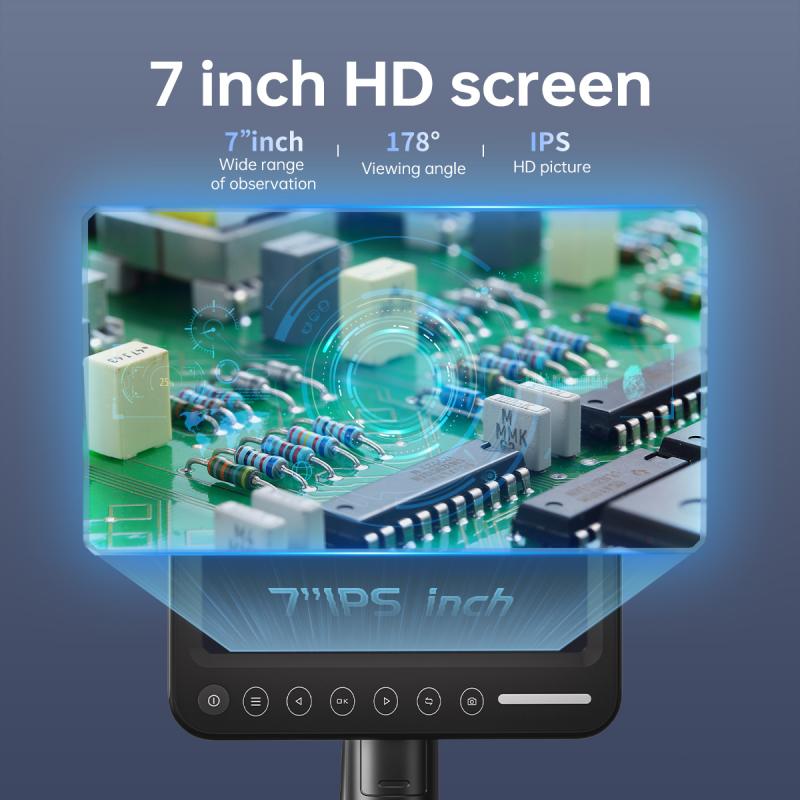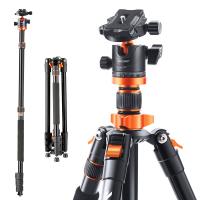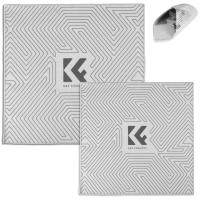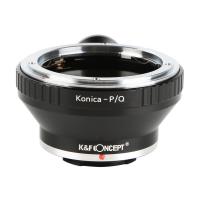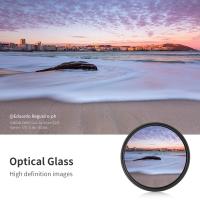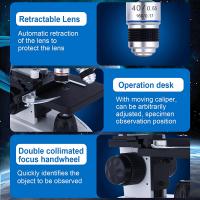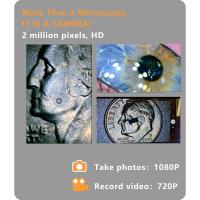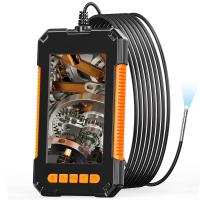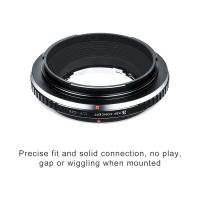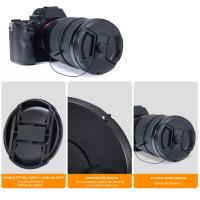Which Is The Best Microscope ?
There is no definitive answer to which microscope is the best as it depends on the specific needs and applications. Different microscopes have different features and capabilities that make them suitable for various purposes. Some commonly used microscopes include compound microscopes, stereo microscopes, electron microscopes, and confocal microscopes. The choice of the best microscope would depend on factors such as the intended use (e.g., biological research, material science, forensic analysis), required magnification, resolution, imaging techniques, and budget constraints. It is important to consider these factors and consult experts or professionals in the field to determine the most suitable microscope for a particular application.
1、 Optical Microscopes
The question of which is the best microscope among optical microscopes is a complex one, as it depends on various factors such as the intended use, budget, and specific requirements of the user. However, there are a few notable optical microscopes that are widely regarded as top performers in the field.
One such microscope is the Zeiss Axio Observer, which offers exceptional image quality and versatility. It is equipped with advanced features like fluorescence imaging, confocal microscopy, and high-resolution imaging. The Axio Observer is highly regarded for its precision and reliability, making it a popular choice among researchers and professionals.
Another leading microscope is the Nikon Eclipse Ti2, which combines cutting-edge technology with user-friendly features. It offers excellent image quality, high-speed imaging capabilities, and advanced live cell imaging options. The Ti2 is known for its flexibility and ease of use, making it suitable for a wide range of applications.
In recent years, there has been a growing interest in super-resolution microscopy, which allows for imaging beyond the diffraction limit of light. One notable microscope in this category is the Leica SR GSD 3D, which offers exceptional resolution and imaging capabilities. It utilizes single-molecule localization microscopy (SMLM) techniques to achieve super-resolution imaging, enabling researchers to visualize structures at the nanoscale level.
It is important to note that the field of microscopy is constantly evolving, with new technologies and advancements being introduced regularly. Therefore, the "best" microscope may vary depending on the latest developments and individual requirements. It is advisable to consult with experts and consider specific needs before making a decision.
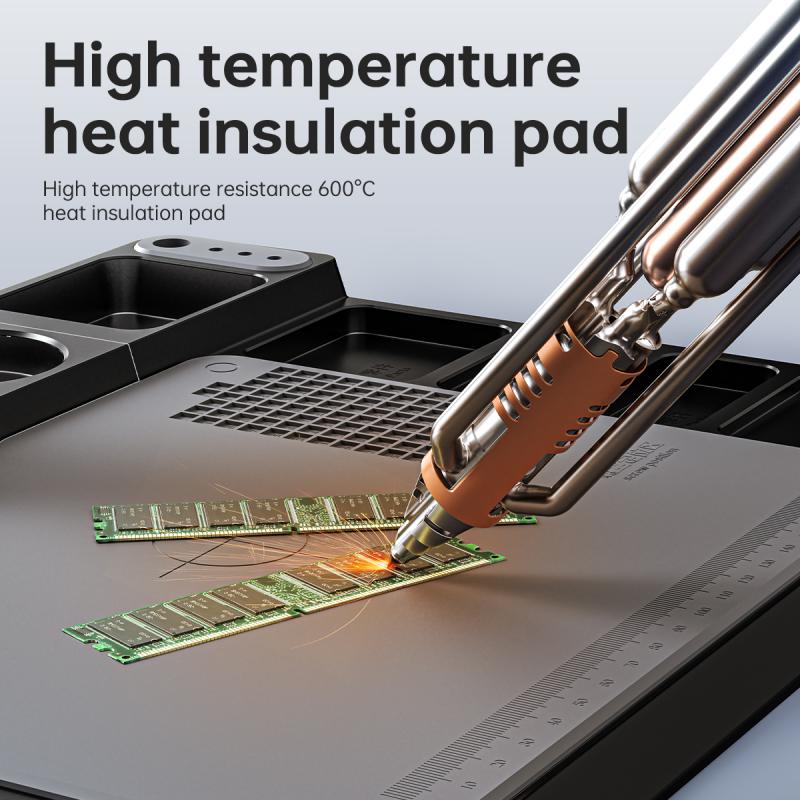
2、 Electron Microscopes
When it comes to electron microscopes, it is difficult to determine which one is the absolute best as it largely depends on the specific needs and applications of the user. However, there are a few notable electron microscopes that are widely regarded as top performers in the field.
One of the most renowned electron microscopes is the transmission electron microscope (TEM). TEMs use a beam of electrons to create high-resolution images of thin samples. They are capable of achieving extremely high magnifications and resolutions, allowing for detailed examination of the sample's internal structure. The latest advancements in TEM technology have led to the development of aberration-corrected TEMs, which significantly improve image quality by minimizing lens aberrations.
Another prominent type of electron microscope is the scanning electron microscope (SEM). SEMs provide detailed surface imaging by scanning a focused beam of electrons across the sample. They offer excellent depth of field and three-dimensional imaging capabilities, making them ideal for studying the surface morphology of various materials. Recent advancements in SEM technology include the integration of energy-dispersive X-ray spectroscopy (EDS), enabling elemental analysis of the sample.
In recent years, there has been a growing interest in the field of cryo-electron microscopy (cryo-EM). Cryo-EM allows for the imaging of biological samples in their native, frozen state, providing valuable insights into their structure and function. The development of direct electron detectors has revolutionized cryo-EM, enabling higher resolution imaging and making it a powerful tool in structural biology.
Ultimately, the best microscope depends on the specific requirements of the user. Researchers in materials science may prefer TEMs or SEMs, while those in structural biology may find cryo-EM to be more suitable. It is important to consider factors such as resolution, magnification, sample preparation techniques, and the availability of advanced features like aberration correction or EDS when determining the best microscope for a particular application.
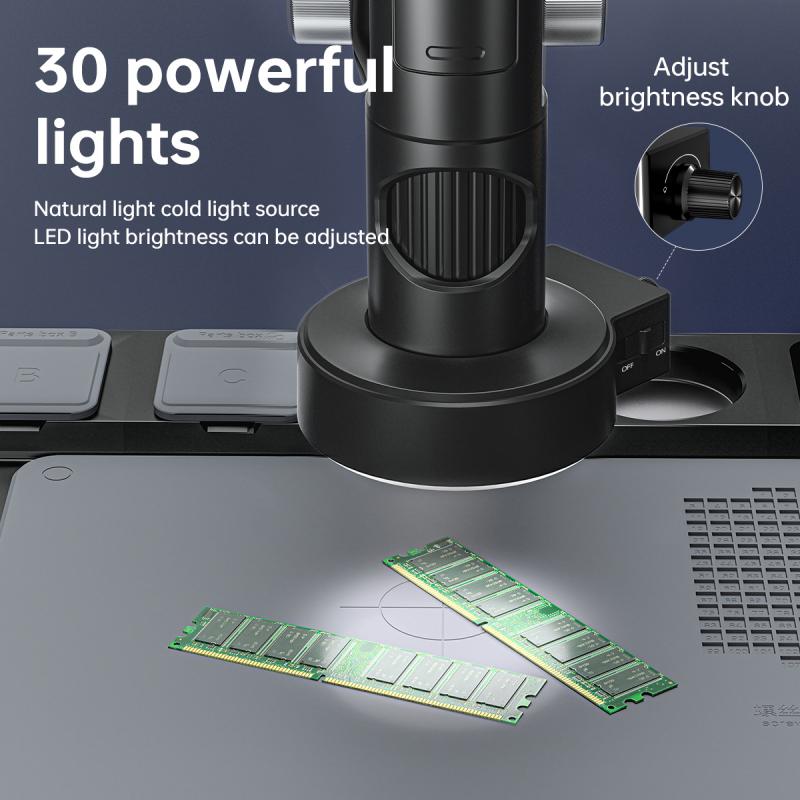
3、 Confocal Microscopes
Determining the best microscope among confocal microscopes is subjective and depends on the specific needs and applications of the user. However, there are several factors to consider when evaluating the quality and capabilities of confocal microscopes.
One of the key aspects to consider is resolution. Confocal microscopes are known for their ability to provide high-resolution images by eliminating out-of-focus light. The best confocal microscope would offer excellent resolution, allowing for detailed imaging of cellular structures and processes.
Another important factor is speed. The latest advancements in confocal microscopy have led to the development of faster scanning systems, enabling real-time imaging and reducing photobleaching and phototoxicity. The best confocal microscope would have a fast scanning speed, allowing for efficient data acquisition and minimizing sample damage.
Additionally, versatility is crucial. The best confocal microscope should be compatible with a wide range of fluorophores and dyes, allowing for multi-color imaging and flexibility in experimental design. It should also offer various imaging modes, such as spectral imaging or time-lapse imaging, to cater to different research needs.
Furthermore, ease of use and user-friendly software are essential. The best confocal microscope should have intuitive controls, streamlined workflows, and advanced image analysis tools, making it accessible to both novice and experienced users.
Considering these factors, it is challenging to pinpoint a single confocal microscope as the best. However, some renowned manufacturers, such as Leica, Nikon, and Zeiss, offer a range of confocal microscopes with exceptional features and capabilities. It is advisable to consult with experts, evaluate specific requirements, and consider budget constraints to determine the best confocal microscope for a particular research application.
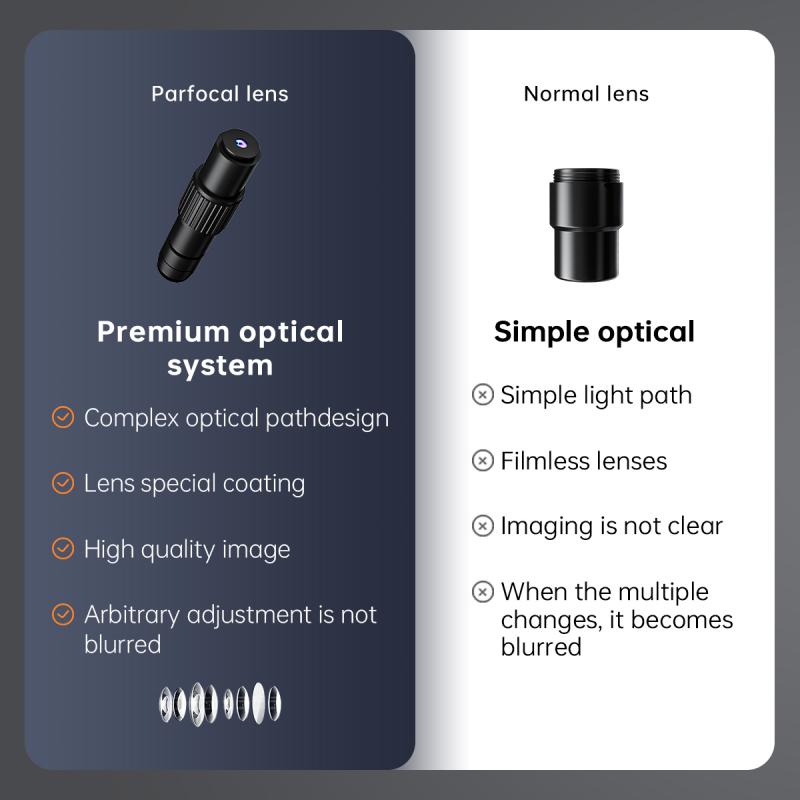
4、 Scanning Probe Microscopes
Determining the best microscope among Scanning Probe Microscopes (SPMs) is a subjective matter as it depends on the specific application and requirements. However, there are several notable SPMs that have gained recognition in the scientific community.
One of the most widely used SPMs is the Atomic Force Microscope (AFM). AFMs are versatile instruments that can provide high-resolution imaging and precise measurements of surface topography, mechanical properties, and electrical conductivity. They are commonly used in various fields, including materials science, nanotechnology, and biology. The latest advancements in AFM technology have led to the development of fast-scanning AFMs, which enable real-time imaging and high-throughput data acquisition.
Another prominent SPM is the Scanning Tunneling Microscope (STM). STMs are particularly useful for studying conductive materials at the atomic scale. They operate by scanning a sharp tip over the surface of a sample, measuring the tunneling current between the tip and the sample. STMs have been instrumental in advancing our understanding of surface structures and electronic properties. However, their application is limited to conductive samples.
Recently, there has been growing interest in the development of hybrid SPMs that combine the capabilities of AFMs and STMs. These hybrid microscopes, such as the Scanning Kelvin Probe Force Microscope (SKPFM), offer the ability to simultaneously measure surface topography and electrical properties. This allows for a more comprehensive understanding of the sample's behavior.
Ultimately, the choice of the best microscope depends on the specific research needs and the type of sample being studied. Researchers should consider factors such as resolution, sensitivity, versatility, and compatibility with their experimental setup. It is advisable to consult with experts in the field and evaluate the latest advancements in SPM technology to make an informed decision.
